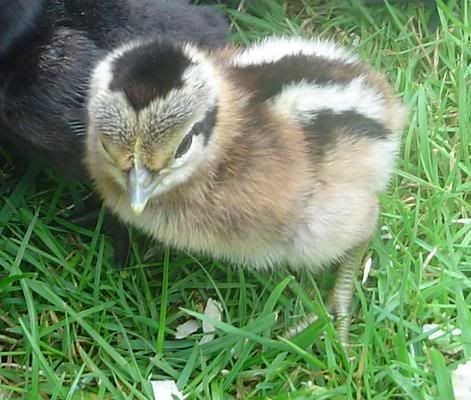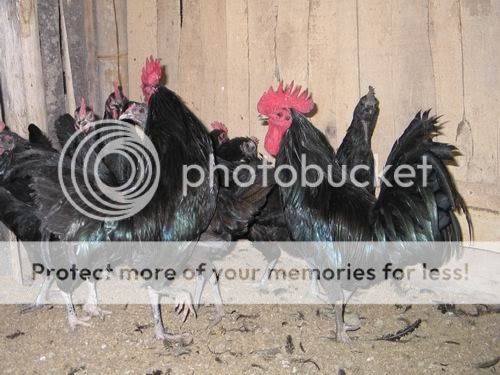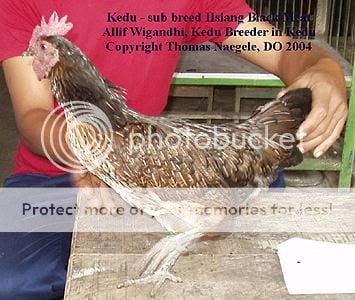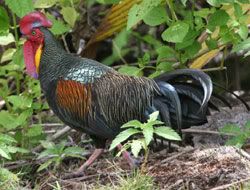Quote:
This is not an issue of fibromelanosis but rather the conformation, voice, and carriage of the Ayam Kedu.
The Ayam Kedu is the progenitor of the Ayam Cemani and the Ayam Pelung. Most Ayam Cemani are huge birds and these are derived of Ayam Pelung stock.
Smaller birds, especially in Java tend to be Ayam Cemani derived of Ayam Kedu stock. Again, Cemani is at its core nothing more than a colour distinction.
In Indonesia, where this mutation is not infrequent, composites of different cemani morphs are common.
But in Indonesia, there is a very large difference between white fleshed, yellow fleshed, grey fleshed, black fleshed and pink fleshed chickens. Each carcass in the market has its own name- identical to what the living bird is called but when one sees the dressed birds on display, feet and all, it is difficult to not appreciate their comprehension of diversity. Diversity keeps their localized poultry economy moving. Without an appreciation, there would be no use for the archaic breeds like Kedu/Cemani.
Breeding toward the black skin and plumage does exactly nothing for actual underlying conformation of the breed. You end breeding for that level of selection much later down the road.
We tend to get so wrapped up in the superficial characteristics we miss out entirely on what the internal structure- the genetic matrix of a breed is framed upon.
How do you build a house without a plan? Without a foundation? Do you start by painting boards and attaching them to one another?
This is how important breeds have been destroyed.
People don't understand the value of some traits and so they ignore them- the red salmon leg of the original Marans, the long generously proportioned tail of the Quetero progenitor of the Araucana and so on.
Black Kedu- these birds have white skin and black plumage. Early stages of the Black Kedu were carried to Korea and Japan in ancient times where they would become the progenitors of the Tomaru
Original Bali form of the Kedu
Javanese Cemani will often be somewhat intermediate with the Ayam Kedu- that is, they will exhibit some trace of red in the bare facial skin.
Large ('Greater') Cemani will also tend to exhibit the carriage of the Austronesian game breed maternal founders. While the Smaller ('Lesser') Cemani tend to exhibit the carriage of the Ayam Bekisar paternal founders
This 'Modern' Cemani exhibits the carriage of Black Java maternal founders.
When you introduce Indian (yellow-skin)genetics into the mix you are working against the Indonesian founder genetics.
The Kedu is a white-skinned bird unless it is an Cemani sub-breed where obviously it has black flesh.
Just how black are we talking here - so black that it can't afford the tiniest bit of other colour in the tissue.
Many Pelung will exhibit greenish legs and these birds are considered inferior - for medicine or cuisine and these could never be used in producing Cemani because of the demand for a specific colour of flesh and bone. Yellow or greenisk skinned birds are never used in the selection process- this analogous with not breeding brown egg producing chickens with blue egg laying chickens. These cemani morph birds are at least four times darker than a Silky - they have more genetics going on here responsible for carnosine than what the Silky or the Sumatran, for that matter. It's not so simple as black tisse or comb type. Any dedicated poultier could arrive at this morphotype but they need to work in cooperation.


















